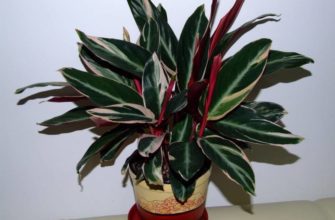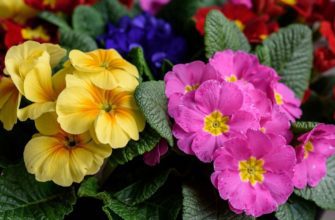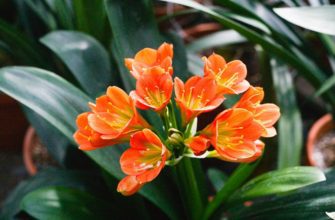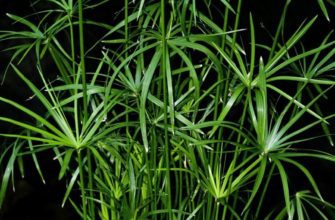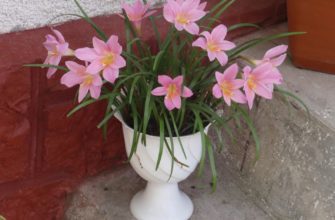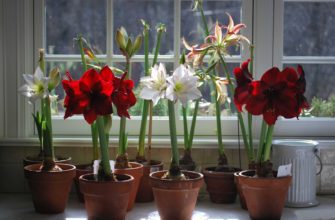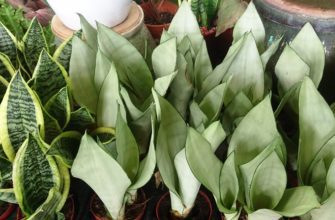Venus flytrap is an amazing and at the same time intriguing plant that deserves the attention of every nature lover. It is not just a beautiful decorative flower, but also a real "hunter" in the world of plants, capable of utilizing flies and other small insects. Why did it get such a name? And what special care features does a flytrap require at home? We invite you to a fascinating journey through the world of this unusual predatory plant.
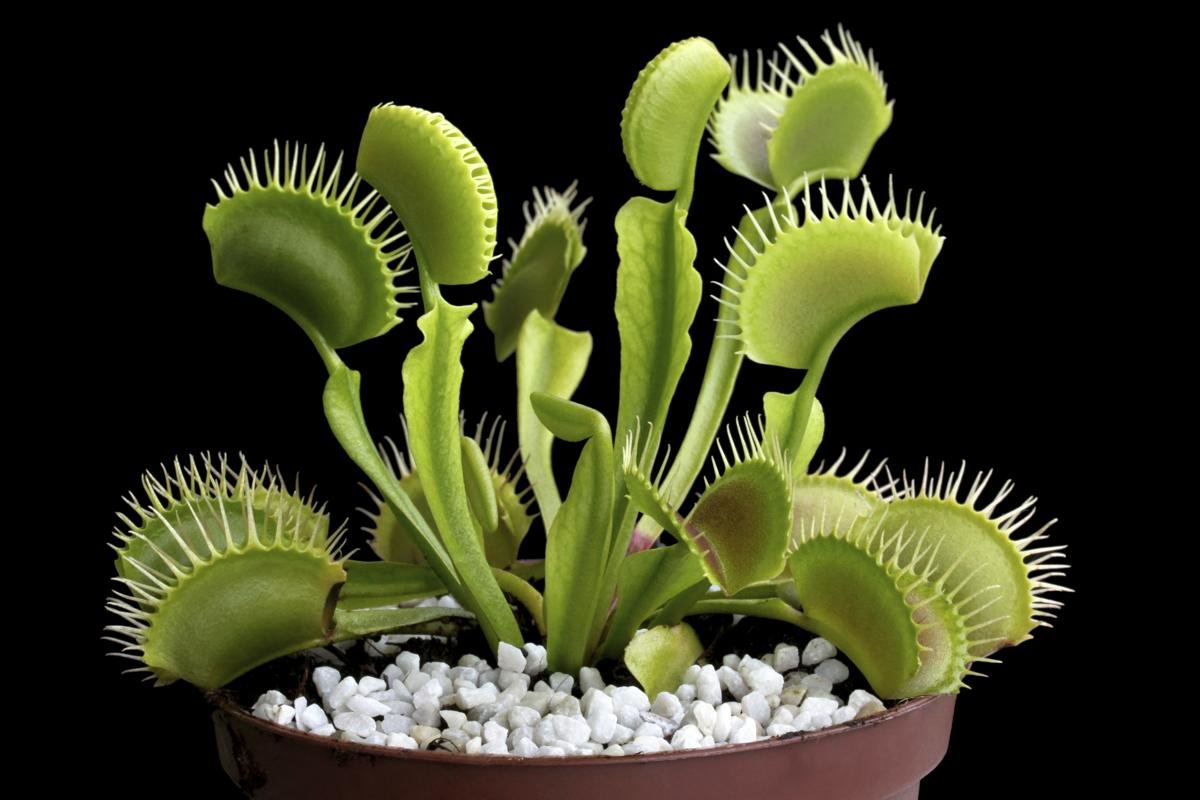
Features of carnivorous plants
Carnivorous plants are a fascinating group of plants that have adapted to feed on insects or even small animals. This unusual adaptation has arisen because they live in environments where access to nutrients is limited, such as mineral-poor soils or aquatic ecosystems.
Let's look at the key features of carnivorous plants:
- Traps: Most carnivorous plants have complex trapping mechanisms to catch their prey. This can include sticky surfaces, folded leaves that close when touched, or trap-like structures where insects slide in and cannot escape.
- Digestive enzymes: Once an insect is trapped, the plant begins to secrete enzymes that help digest it, extracting nutrients from the prey.
- Smells and nectar: Many carnivorous plants produce scents or nectar to attract their prey.
- Adaptations to the environment: Carnivorous plants often grow in extreme conditions where other plants cannot compete, such as a swamp, acidic soil, or tropical forest.
- Symbiosis with microorganisms: Some carnivorous plants interact with bacteria and fungi that help them digest their prey.
Overall, carnivorous plants represent an exquisite and amazing example of evolutionary adaptation that allows them to survive and thrive in environments where other plants struggle.
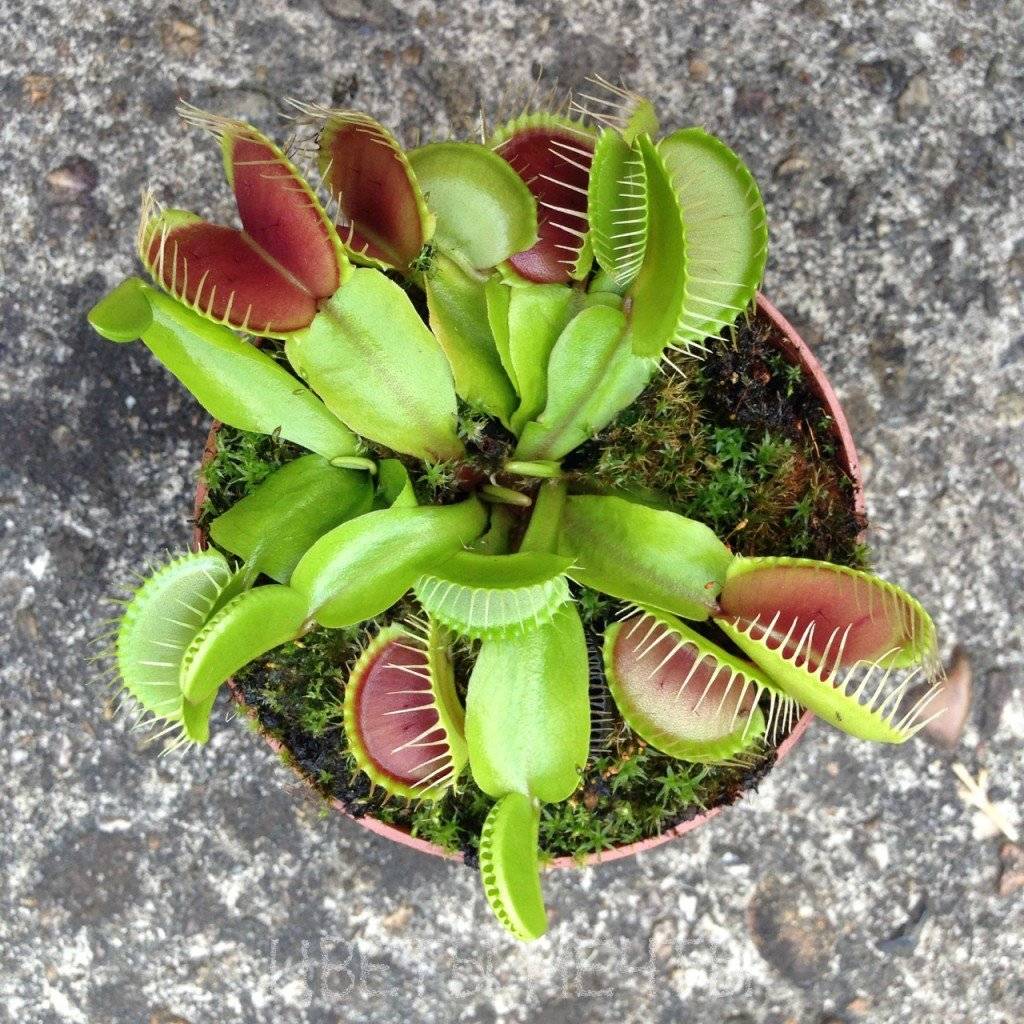
Venus flytrap - plant description
The Venus flytrap is one of the most famous and striking carnivorous plants in the world. A small perennial, this flower amazes with its unique adaptations to the environment and its way of feeding.
Description of the plant:
- Trap: The most noticeable part of the flytrap is its trap - two half-leaves that form a sort of mouth, with short, sharp "teeth" on the inside. These "teeth" help keep prey inside the trap.
- Mechanism of action: When an insect touches the small bristles inside the trap, the leaves quickly close, trapping the prey inside.
- Color: The leaves of the flytrap are usually green, but the inside of the trap may be colored bright red or pink, making it attractive to insects.
- Bloom: The flycatcher also produces flowers. They grow on long stems, rising above the traps to avoid being preyed upon. The flowers are usually white or light pink.
- Size: The plant reaches a height of 10 to 30 cm, depending on growing conditions.
The Venus flytrap is a true world of natural wonders and is an example of how plants can adapt to extreme conditions by developing amazing ways to find food.
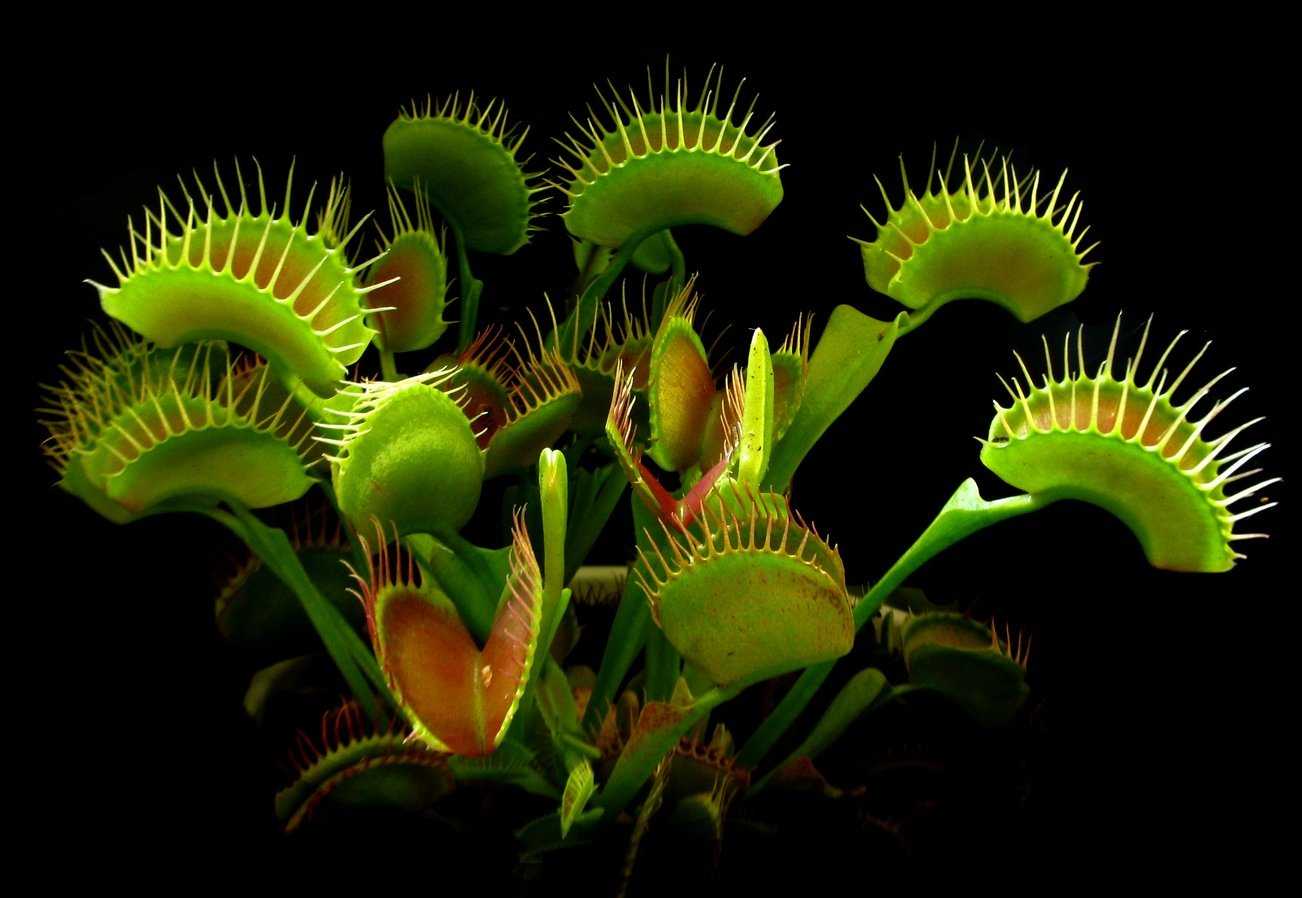
History and distribution
The Venus flytrap is one of the most well-known and recognizable carnivorous plants. Its unique insect traps have fascinated and intrigued researchers and enthusiasts since its discovery.
Research history:
- Opening in Europe: The Venus flytrap was first described by Europeans in the 18th century, although native North Americans were probably familiar with it longer.
- Name: The name "Venus's flytrap" was given in honor of Venus, the Roman goddess of love, possibly because of the shape of the trap, which resembles a woman's lips.
- Research: Renowned naturalist Charles Darwin described the flytrap as "one of the most beautiful plants in the world" and conducted research into its unique predatory mechanisms.
Spreading:
- Place of origin: The Venus flytrap is endemic to a small region of southeastern North America, primarily in the states of North and South Carolina.
- Habitat: Its natural habitat is nutrient-poor, acidic marshes.
- Global distribution: Today, due to its uniqueness and popularity, the Venus flytrap is cultivated throughout the world as a houseplant.
Interest in the Venus flytrap has only grown over the past centuries, attracting researchers, gardeners, and nature lovers. However, despite widespread cultivation, wild populations of this plant face the threat of extinction due to habitat loss, making the protection of their habitat especially important.
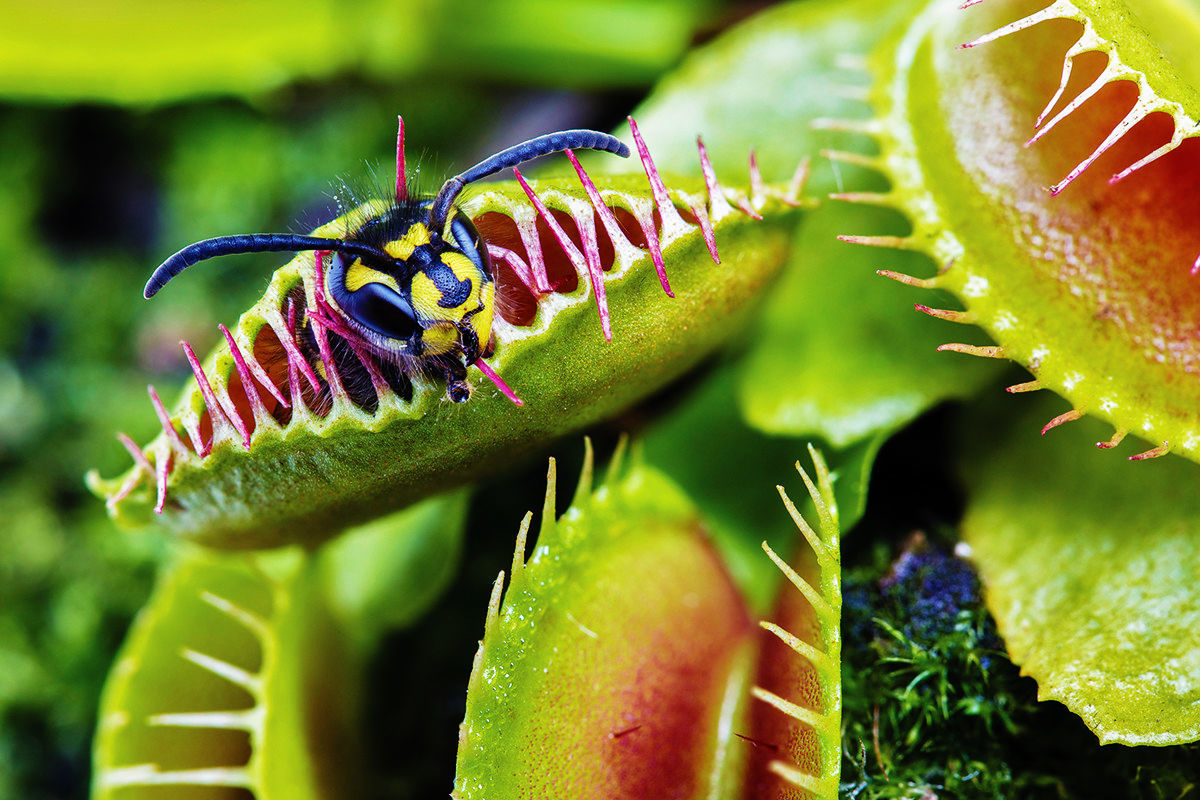
Flytrap as a houseplant
The Venus flytrap is an amazing and exotic plant that has become popular among indoor plant lovers due to its unique predatory properties. As an indoor plant, the flytrap not only brings aesthetic pleasure with its interesting traps, but also serves as an effective "killer" of small insects.
Care features:
- Lighting: The Venus flytrap requires a lot of light. A bright but diffused light place is ideal. In summer, the plant can be placed outside or on a balcony.
- Watering: The flytrap needs moist soil. But overwatering can be harmful, so it is recommended to use a tray of water to keep the soil moist from top to bottom.
- Soil: It is best to use acidic peat soil without adding fertilizers.
- Temperature: The plant prefers cool conditions. In summer, the temperature should be within 20-25°C, in winter – about 10°C.
- Wintering: The Venus flytrap has a dormant period during the colder months and may lose its traps. This is normal and the plant will begin to actively grow again in spring.
Pros as a houseplant:
- Effectively captures and destroys flies and other small insects.
- Becomes an object of curiosity and the center of attention thanks to its unique traps.
- It is considered an environmentally friendly method of insect control.
However, it is worth remembering that the Venus flytrap is a rather demanding plant, and its successful growth and development will require careful care.
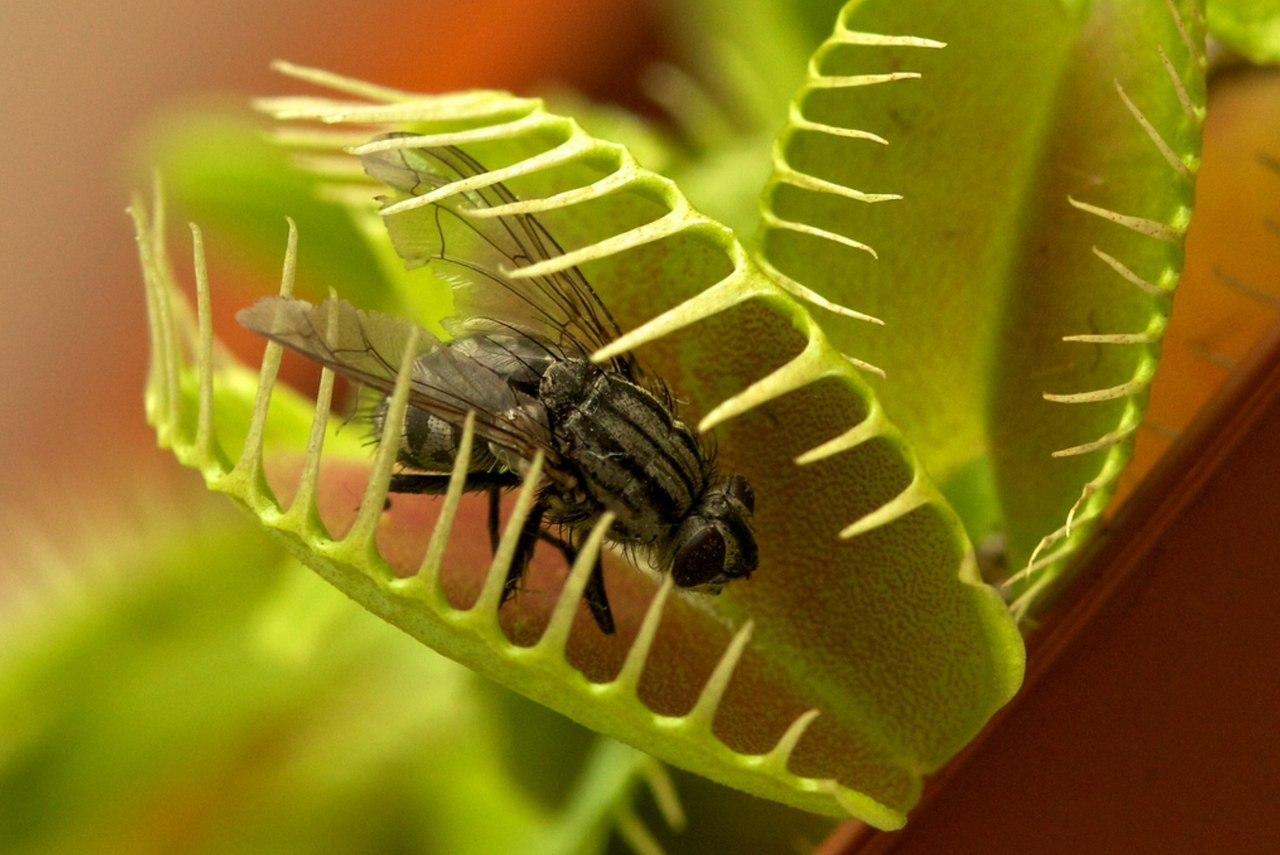
Reproduction of the flycatcher
The Venus flytrap can reproduce in several ways, among which the most popular and effective are reproduction by dividing the bush and through seeds.
Dividing the bush:
- This method is the fastest and easiest. When replanting an adult plant, you can carefully divide the bush into several parts, each with several leaves.
- Each division can be planted in a separate pot with a suitable substrate.
- After a few weeks, the young plants will take root and begin to grow actively.
Propagation by seeds:
- Seeds can be obtained from Venus flytrap flowers after they have been pollinated. However, flowering of this plant in indoor conditions is rare.
- After collection, the seeds should be planted on the surface of the substrate, pressing them down slightly but not covering them.
- It is recommended to cover the pot with seeds with glass or film to create the effect of a mini-greenhouse.
- The seeds will germinate in 3-6 weeks at temperatures around 22-25°C.
- After the first true leaves appear, young plants can be transplanted.
It is important to note that propagation of Venus flytrap from seeds is a longer and more labor-intensive process compared to dividing the bush. It should also be remembered that for successful propagation it is necessary to create optimal conditions for the plant in terms of humidity, temperature and lighting.
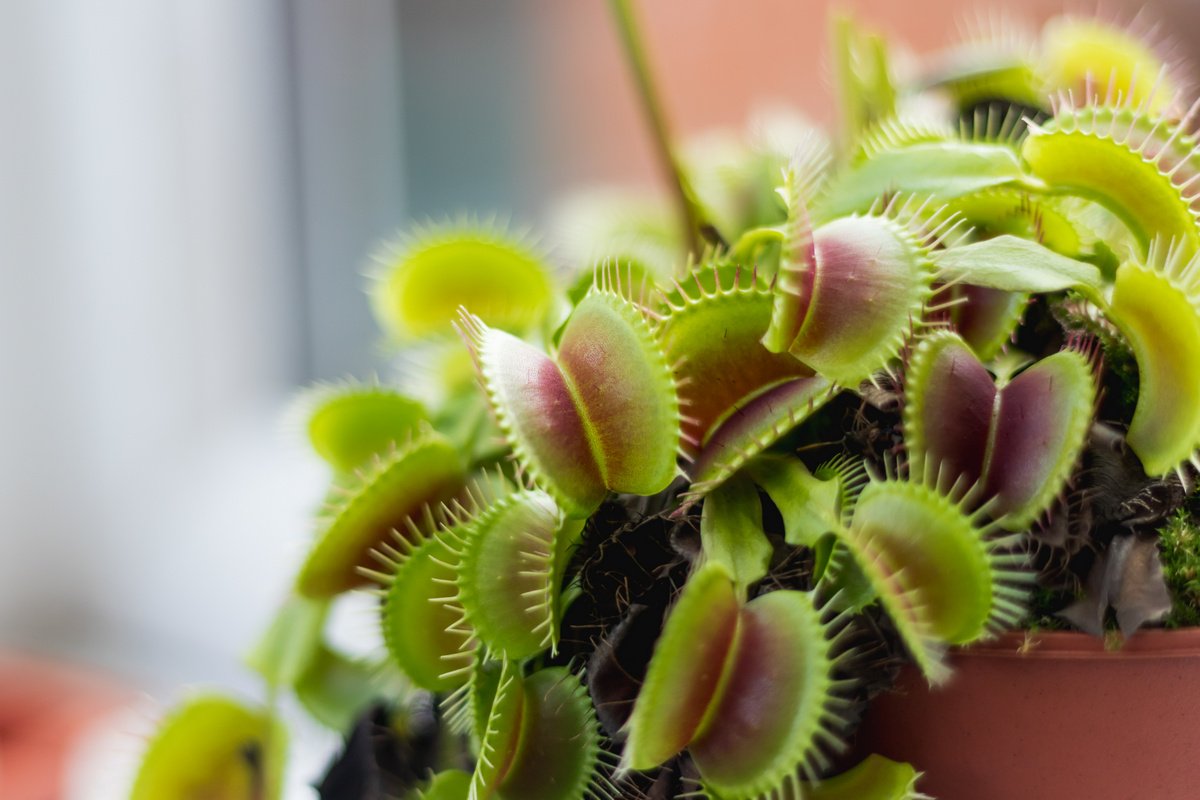
Interesting facts
The Venus flytrap is a truly amazing plant with many interesting features. Here are some unique and interesting facts about it:
These amazing features make the Venus flytrap one of the most intriguing and studied plants in the world.
Conclusion
The Venus flytrap is a truly unique and stunning plant that combines the beauty of nature with amazing adaptations for survival.
Its ability to catch and digest insects makes it not only an interesting object for study, but also a useful assistant in the home. Proper care and understanding of the characteristics of this flower will help you enjoy its beauty and unique properties for many years.
Exploring the world of the flycatcher can become a wonderful hobby or even a scientific interest. We hope that our guide will help you get to know this amazing flower better and create optimal conditions for it in your home.


